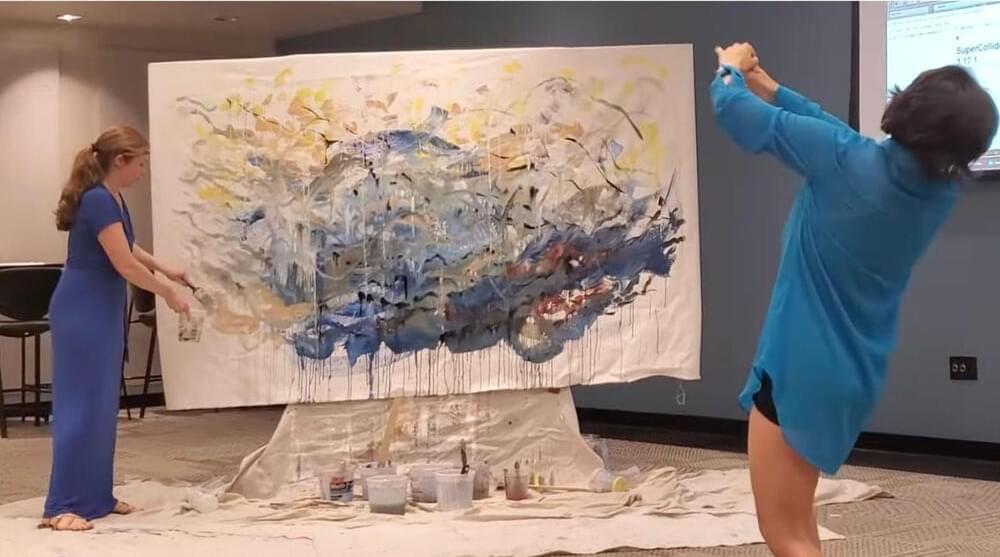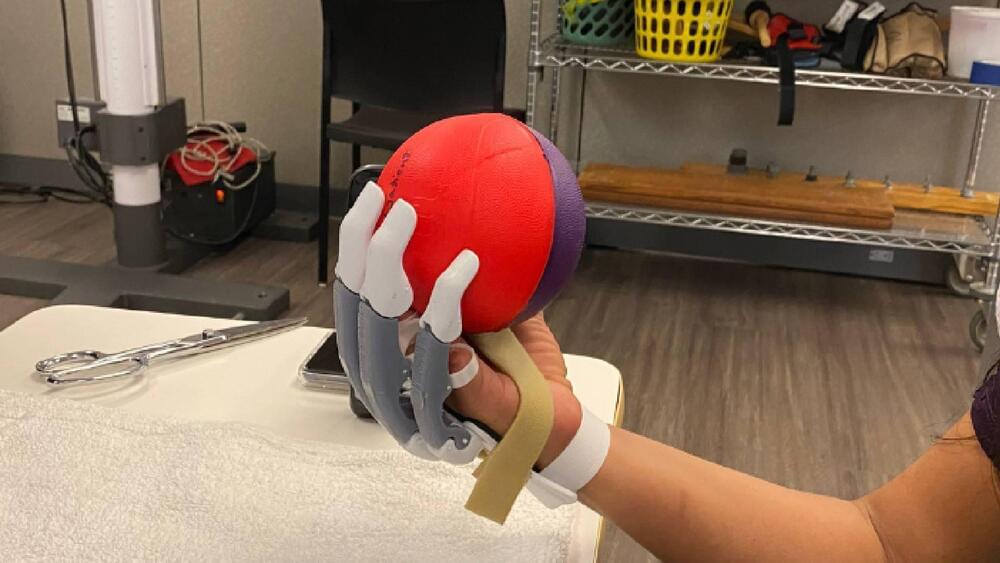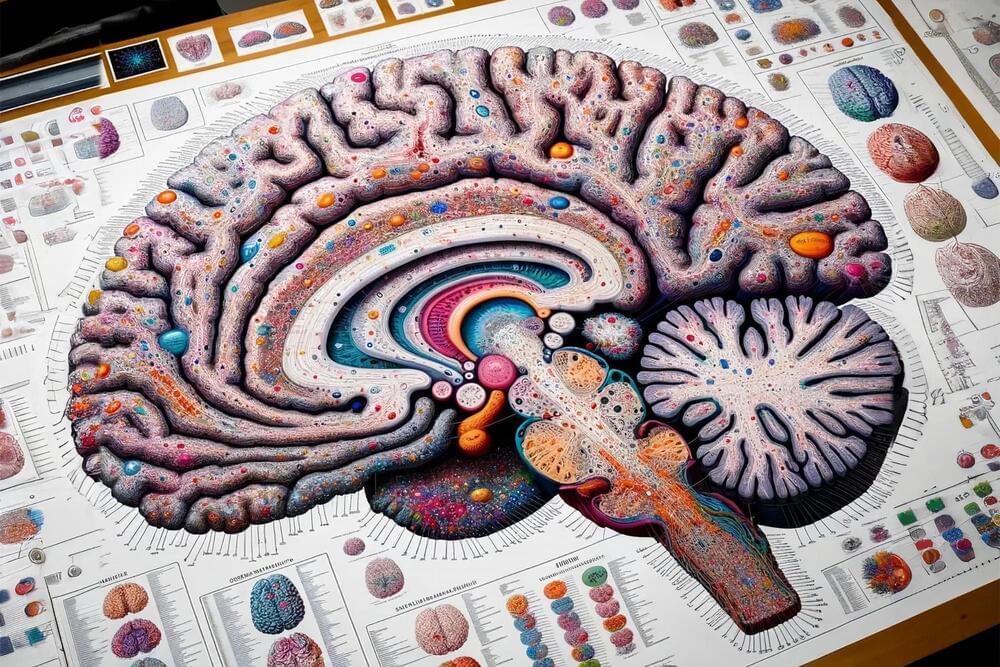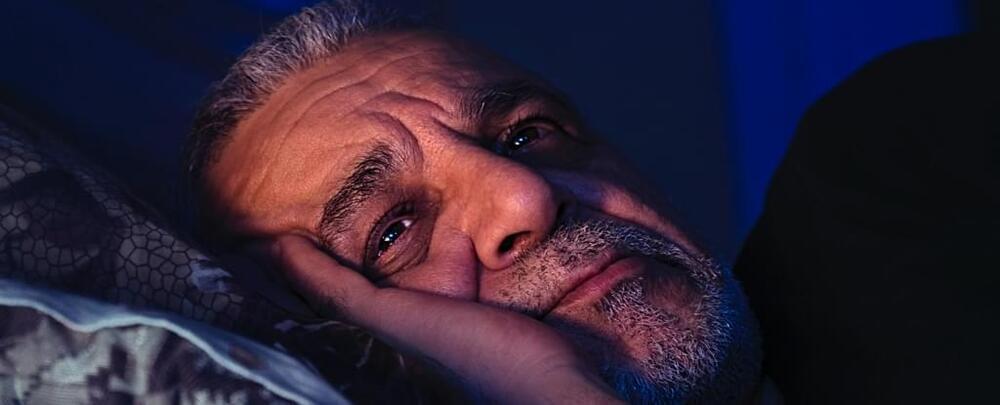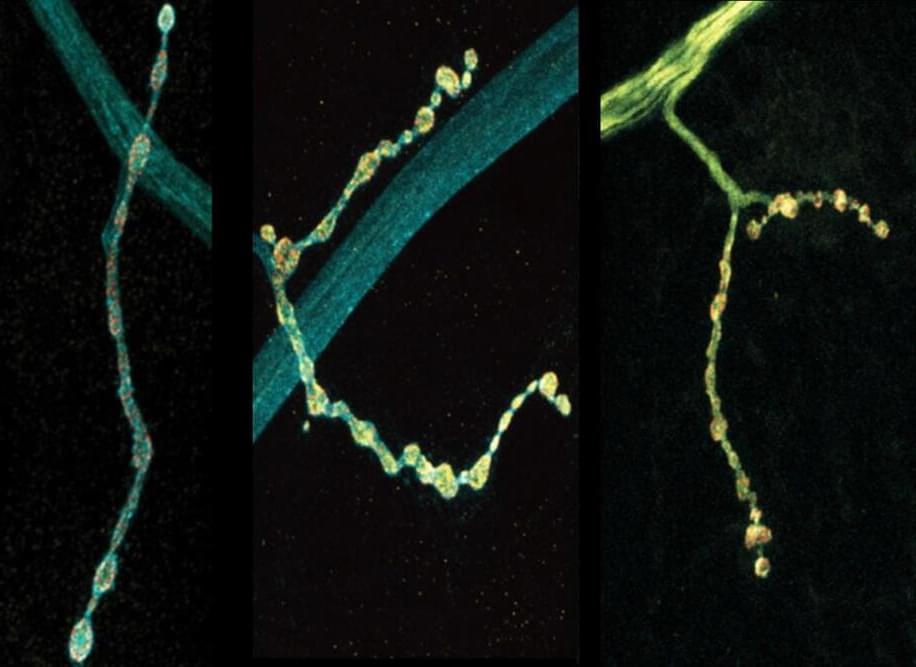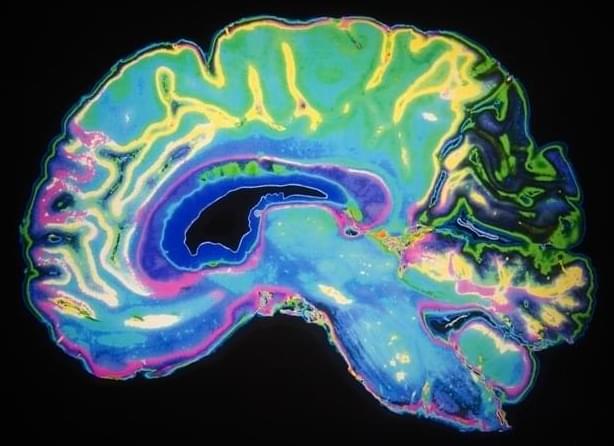The Georgia Institute of Technology course teaches engineering students to create art using brainwaves, either their own or someone else’s.
An uncanny course is being taught in the halls of the Georgia Institute of Technology. While the course, called Arts and Geometry, itself isn’t uncanny, it’s the distinct approach taken by the professor that is making waves, literally and figuratively.
The course teaches engineering students to create art using brainwaves, either their own or someone else’s. When the ions and neurons go about their business inside our brains, brainwaves are created in a pattern of electrical activity in the brain.
